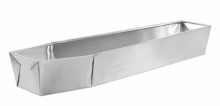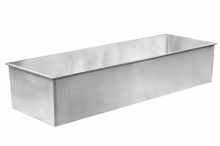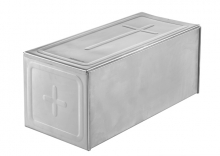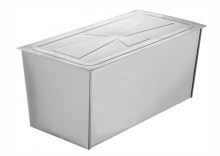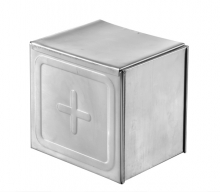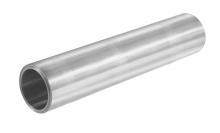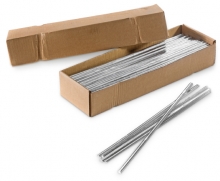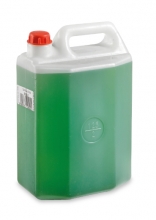The coffins we propose for the funeral sector – the first on the market with accident prevention edges - are the result of decades of experience.
Using the raw materials in compliance with the Mortuary Authorities’ standards in force, the casket is obtained by working coils of rolled sections made of 99.962% pure zinc with standard thickness equal either to 0.70 mm or to 0.74 mm.
Exhumation zinc coffins are used for remains found in case of ordinary and extraordinary exhumations. They are known in the sector with name "shell casings" or "zinc shells", too.
They are available in standard sizes in the versions dritto or spallato and with internal or external edge, or can be manufactured according to specific requests of customers.
Zinc ossuaries are available in standard sizes or special sizes upon request.
They can be either welded or stapled, with flat cover or slide-type cover.
They are made of 99.962 % pure zinc rolled sections with standard thickness equal to 0.70 mm (not less than 0.66).
Ossuaries made of galvanized sheet are available in standard sizes only.
They can be either welded or stapled, with slide-type cover.
They are made up galvanized sheet rolled sections with thickness equal to 0.35 mm.
Zinc urns, which are used as ash containers, are available either in standard sizes or upon request in all shapes, either welded or stapled, with flat cover or slide-type cover.
They are made of 99.962 % pure zinc rolled sections with standard thickness equal to 0.70 mm (not less than 0.66)
We also sell zinc rolled sections in small coils with standard heights, and weight equal to 100 Kg.
Rolled sections are the same which are used to manufacture coffins, and therefore are made of 99.962 % pure zinc with standard thickness equal either to 0.70 mm (not less than 0.66) or to 0.74 mm (UNI 13).
CHARACTERISTICS:
- Section: half-moon
- Rod weight: 160 gr (25 kg pack)
- Alloy: 50% Sn - 50% Pb
ACISALD
De-oxidant for soft soldering with tin, DISO S - 625
Why should a de-oxidant be used?
It is not enough to simply remove the surface oxidation before soldering, because a new oxide layer forms quickly before soldering.
Decades of experience with thousands of exhumations on the national territory have led to the use of the zinc inner shell, with a certain thickness and certain fabrication characteristics, which has proven its efficiency in the field.
Zinc occurs naturally mainly in the form of complex sulphides (Sphalerite) and carbonates and silicates (calamines).
Within minerals, this element occurs by a percentage that goes from 4 to 20% and after the mineral is extracted, it is enriched by a flotation process.
Soft soldering is a soldering process. It is generally known as a type of soldering which does not imply the fusion of the pieces to be assembled.
This procedure is characterised by the use of filler materials with melting temperatures lower than 450 °C and capillary penetration between the pieces to be joined. It is because of these low melting temperatures of the filler material that this soldering type is called "soft".

